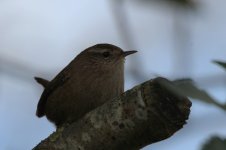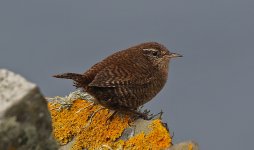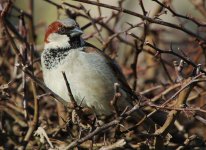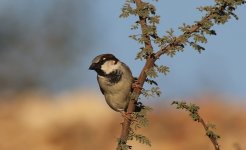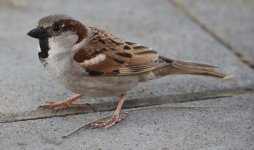jurek
Well-known member
I enjoy birding and enjoy seeing as many species and possible. However I found myself uninterested in twitching species which are almost identical to the ones I already seen.
It was no problem where such birds were in minority, and similarities were only broad. But recently there are hundreds new pseudo-species added because of loosening criteria. Some are actually not even recognizable, except by range or only in adult male plumage.
Recently I felt cheated when going to Corsica. Technically, I saw 4 new birds. In practice, only 2 were new. 2 others were just splits - one was differing only by call, another by slightly paler underwing.
I have quite a lot of armchair ticks pending, but I found I cannot be bothered to re-check my list and add armchair ticks.
Anybody else feels the same? Should we develop a list of A-species which are really different, and B-species which are weak splits?
It was no problem where such birds were in minority, and similarities were only broad. But recently there are hundreds new pseudo-species added because of loosening criteria. Some are actually not even recognizable, except by range or only in adult male plumage.
Recently I felt cheated when going to Corsica. Technically, I saw 4 new birds. In practice, only 2 were new. 2 others were just splits - one was differing only by call, another by slightly paler underwing.
I have quite a lot of armchair ticks pending, but I found I cannot be bothered to re-check my list and add armchair ticks.
Anybody else feels the same? Should we develop a list of A-species which are really different, and B-species which are weak splits?






